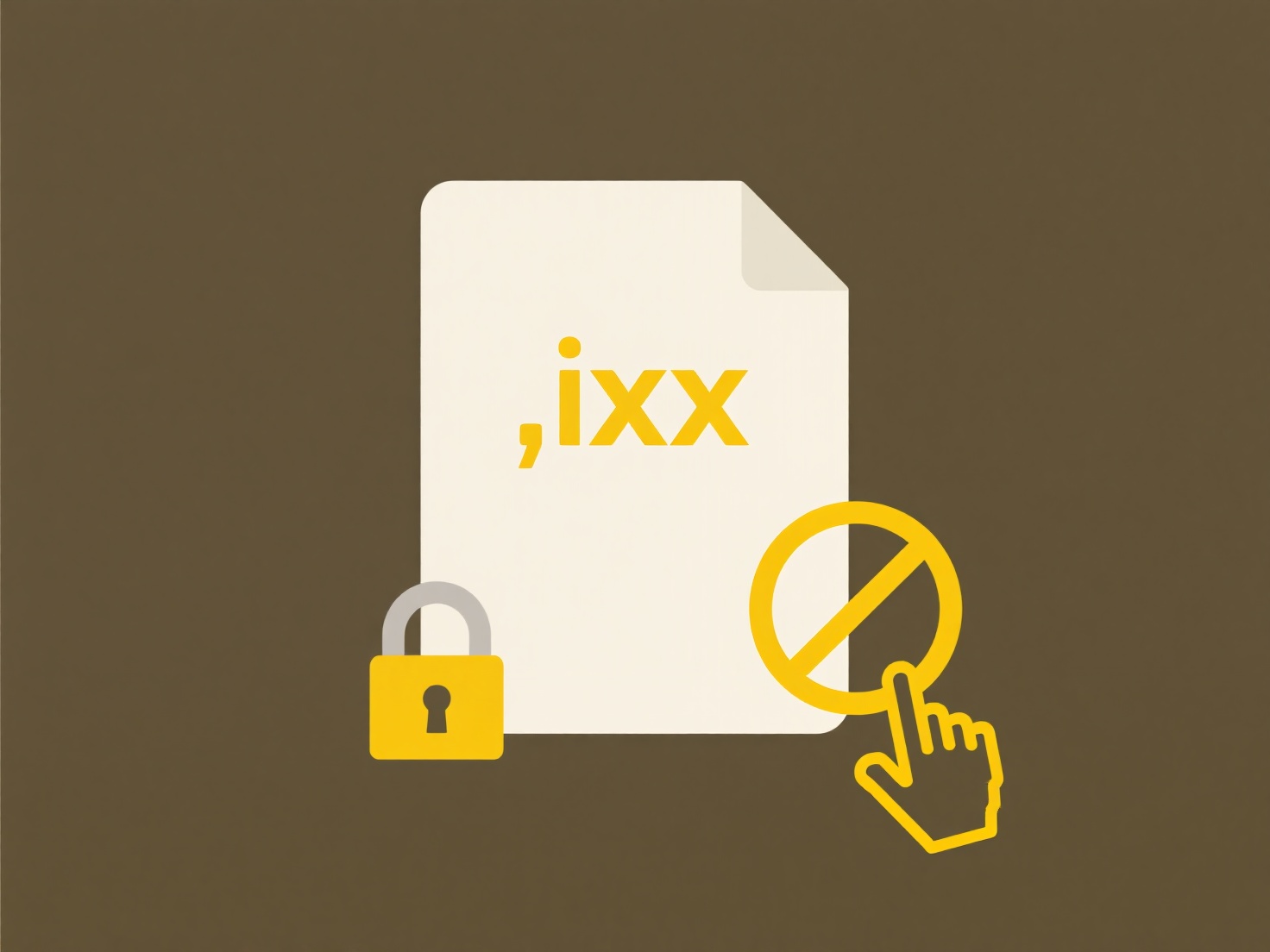
Including version numbers in file names is a practical approach to tracking document revisions directly through naming conventions. Instead of relying solely on metadata or version control systems, you explicitly add identifiers like "v1", "v2", or "v2.3" to denote updates. This allows users to instantly recognize the latest iteration or historical states without opening the file or requiring specialized software. Unlike relying on embedded file data, it remains visible in file explorers or shared folders.
This method is common in software development for assets like release notes ("UserGuide_v2.1.pdf") and documentation handoffs. Creative industries also use it when iterating designs ("Logo_Final_v3.ai") or handling client feedback on deliverables ("ProjectProposal_ClientEdits_v4.docx"). Even individual teams adopt it for shared spreadsheets like "Budget_Q3_v5.xlsx".

Key advantages include instant clarity on revision history and simplicity for non-technical users. However, limitations arise if naming conventions aren't enforced, causing inconsistencies. Manual updating risks human error like skipping versions. Ethical implications relate to transparency in auditing changes. Future-proofing involves combining file naming with automated backups to ensure traceability and integrity.
Can I include version numbers in file names?
Including version numbers in file names is a practical approach to tracking document revisions directly through naming conventions. Instead of relying solely on metadata or version control systems, you explicitly add identifiers like "v1", "v2", or "v2.3" to denote updates. This allows users to instantly recognize the latest iteration or historical states without opening the file or requiring specialized software. Unlike relying on embedded file data, it remains visible in file explorers or shared folders.
This method is common in software development for assets like release notes ("UserGuide_v2.1.pdf") and documentation handoffs. Creative industries also use it when iterating designs ("Logo_Final_v3.ai") or handling client feedback on deliverables ("ProjectProposal_ClientEdits_v4.docx"). Even individual teams adopt it for shared spreadsheets like "Budget_Q3_v5.xlsx".

Key advantages include instant clarity on revision history and simplicity for non-technical users. However, limitations arise if naming conventions aren't enforced, causing inconsistencies. Manual updating risks human error like skipping versions. Ethical implications relate to transparency in auditing changes. Future-proofing involves combining file naming with automated backups to ensure traceability and integrity.
Quick Article Links
How do I rename MP3 files using ID3 tags?
ID3 tags are metadata embedded within MP3 files that store song information like title, artist, album, and track number....
How do I tag files in Windows or macOS?
File tagging attaches keywords or labels to files beyond their name or location. In Windows, open File Explorer, right-c...
How can I fix a corrupted document?
Document corruption occurs when a file becomes damaged and cannot open properly, often due to application crashes, sudde...